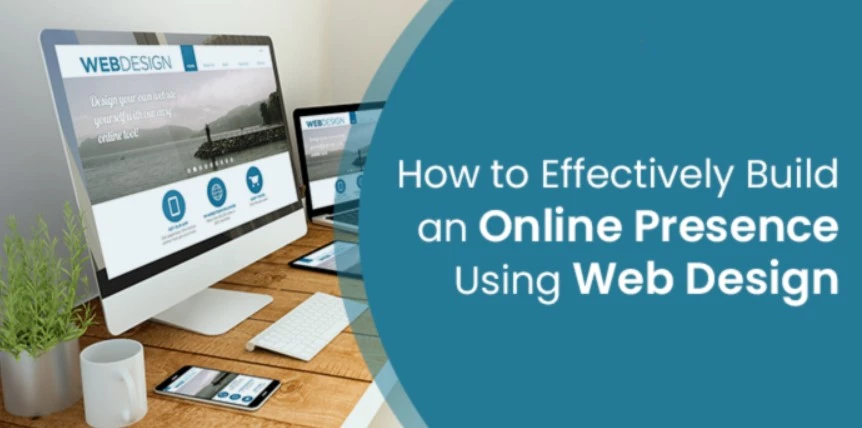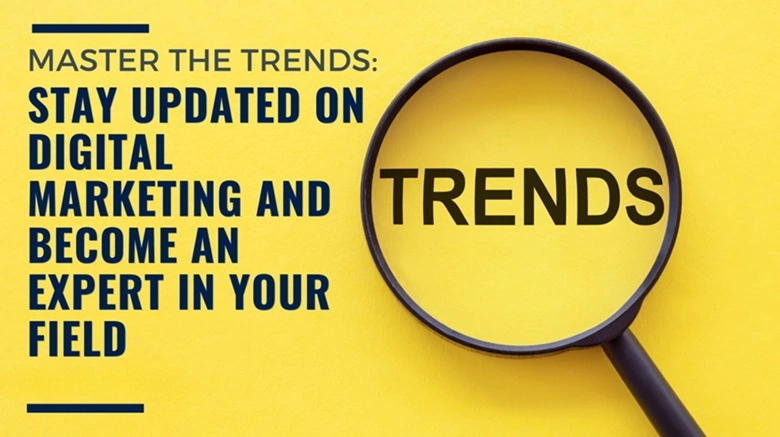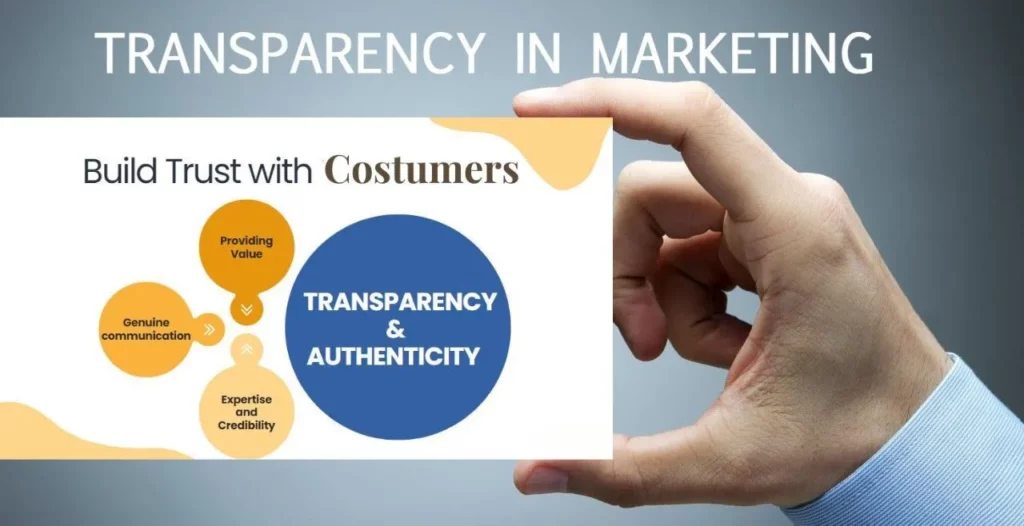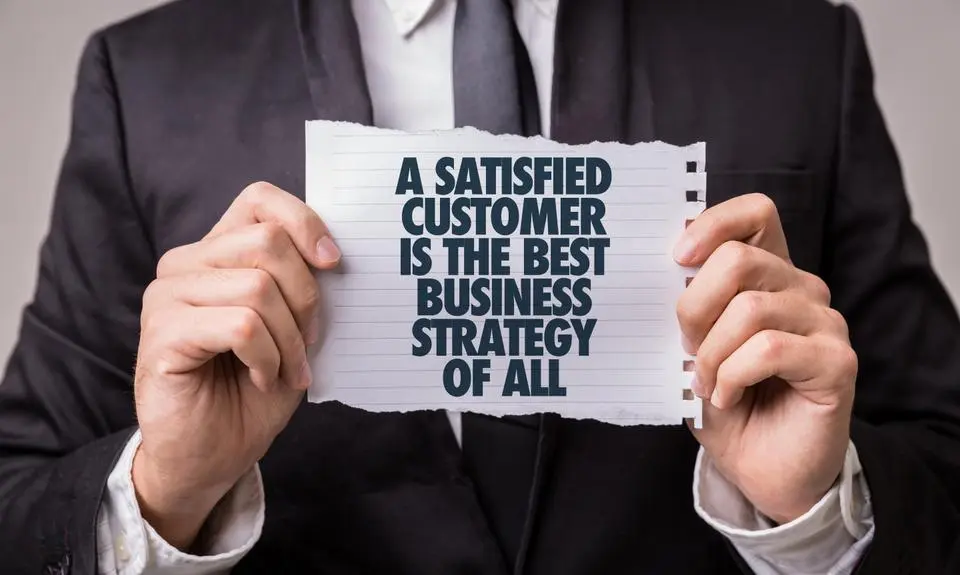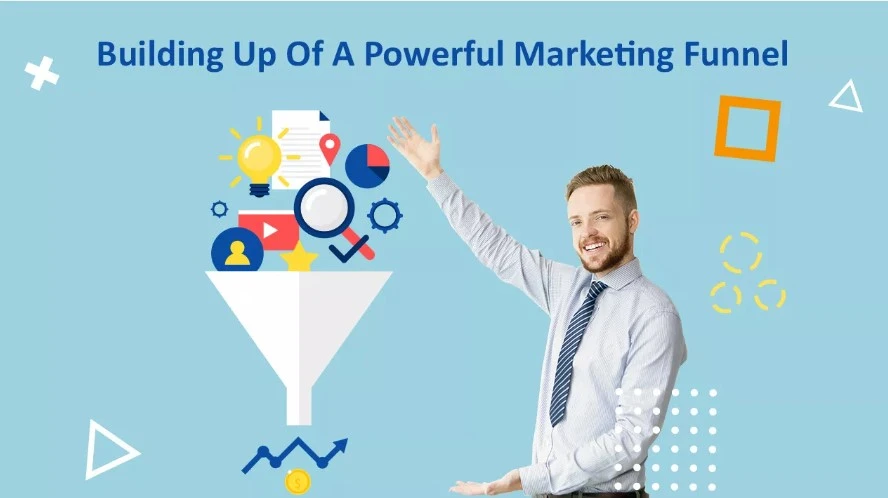
Are you tired of watching potential customers slip through the cracks of your website, never to be seen again? A powerful marketing funnel is the key to converting curious visitors into loyal customers. By designing a brand that resonates with your target audience and implementing a strategic system to nurture leads, you can turn your business into a customer-generating machine. In this article, we’ll explore the vital elements of a high-performing marketing funnel, from website design to social media and cold calling services, to help you attract, engage, and retain customers, ultimately driving growth and revenue for your business.
Identifying Your Target Audience
For any business, understanding who your target audience is crucial in building a powerful marketing funnel. It’s imperative to know who your ideal customers are, what their pain points are, and what motivates them to take action.
Defining Your Ideal Customer
On the surface, defining your ideal customer may seem like a straightforward task, but it requires digging deeper to understand their demographics, behaviors, and preferences. You need to ask yourself questions like: What are their goals and aspirations? What are their challenges and frustrations? What motivates them to buy? By answering these questions, you’ll be able to create buyer personas that will guide your marketing efforts.
Once you have a clear understanding of your ideal customer, you can tailor your marketing messaging, product development, and customer service to meet their specific needs. This will help you attract high-quality leads and increase conversions.
Understanding Their Pain Points and Needs
Your target audience has specific pain points and needs that your business can solve. It’s imperative to understand what keeps them up at night, what they’re struggling with, and what they’re hoping to achieve. By understanding their pain points, you can create solutions that address their specific needs, making your business more relatable and attractive to them.
Understanding their pain points also helps you to create targeted marketing messaging that resonates with them. You can use language and imagery that speaks directly to their needs, making your marketing efforts more effective.
With a deep understanding of your target audience’s pain points and needs, you can design a website, brand, and marketing strategy that speaks directly to them, increasing the chances of converting them into paying customers. By putting your customers at the center of your marketing efforts, you’ll be able to build a powerful marketing funnel that drives real results for your business.
Crafting Compelling Offers
Even the most well-designed marketing funnel can fall flat if the offers aren’t compelling enough to capture the attention of potential customers. A powerful marketing funnel is built on the foundation of irresistible offers that resonate with your target audience and address their pain points.
Creating Irresistible Lead Magnets
Magnetic lead magnets are imperative for attracting potential customers and converting them into leads. To create an irresistible lead magnet, you need to identify your target audience’s pain points and offer a solution that provides instant value. This could be a free eBook, webinar, or template that solves a specific problem or answers a burning question. The key is to make it relevant, valuable, and easily accessible.
For instance, if you’re a website design business, you could create a lead magnet that offers a free website audit or a guide to improving website conversion rates. This type of offer speaks directly to the needs of your target audience and establishes your authority in the industry.
Developing Relevant and Valuable Content
Any successful marketing funnel relies on high-quality content that resonates with the target audience. This content should be designed to educate, inform, or entertain, while also showcasing your brand’s personality and expertise. Whether it’s a blog post, video, or social media update, your content should be relevant, valuable, and consistent.
Developing relevant and valuable content requires a deep understanding of your target audience’s needs, preferences, and pain points. You need to know what keeps them up at night, what they’re struggling with, and what they’re hoping to achieve. By creating content that addresses these concerns, you can establish trust, build credibility, and nurture leads through the marketing funnel.
To take your content to the next level, focus on providing actionable advice, sharing personal anecdotes, and showcasing customer success stories. This type of content not only resonates with your target audience but also establishes your brand as a thought leader in the industry. By doing so, you can attract high-quality leads, increase conversions, and drive business growth.
Building an Effective Landing Page
There’s no denying that a well-crafted landing page is crucial to the success of your marketing funnel. As Single Grain puts it, “How to Build and Optimize a High-Converting Marketing Funnel” requires a deep understanding of what drives conversions. A landing page that resonates with your target audience can make all the difference in turning visitors into leads and eventually, customers.
A landing page is often the first point of contact between your business and potential customers. It’s crucial to create an experience that not only captures their attention but also persuades them to take action. In this chapter, we’ll examine the crucial elements of building an effective landing page that drives conversions and grows your business.
Design Principles for Conversion Optimization
Conversion-centric design is all about creating an intuitive and seamless user experience that guides visitors towards a specific action. When designing your landing page, keep in mind that the ultimate goal is to convert visitors into leads or customers. To achieve this, focus on simplicity, clarity, and relevance. Ensure that your design brand is consistent throughout the page, using visual elements that resonate with your target audience.
Additionally, make sure to prioritize whitespace, clear typography, and prominent calls-to-action (CTAs). A well-designed landing page should be easy to navigate, even for those who are not tech-savvy. By applying these design principles, you’ll be able to create an environment that encourages conversions and ultimately, grows your business.
Writing Persuasive Headlines and CTAs
Page performance relies heavily on the effectiveness of your headlines and CTAs. A compelling headline should grab attention, communicate value, and resonate with your target audience. It’s crucial to craft a headline that speaks directly to your customers’ pain points or desires.
As far as CTAs, clarity and prominence are key. Use action-oriented language that tells visitors exactly what to do next. Ensure that your CTAs stand out from the rest of the page, using contrasting colors and sufficient whitespace. By writing persuasive headlines and CTAs, you’ll be able to increase engagement, drive conversions, and ultimately, grow your customer base.
Design plays a crucial role in the success of your landing page. By incorporating design elements that enhance the user experience, you’ll be able to create an environment that encourages conversions. Keep in mind, the ultimate goal of your landing page is to drive business results, whether that’s generating leads, increasing sales, or boosting brand awareness. By applying the principles outlined in this chapter, you’ll be well on your way to creating a landing page that resonates with your target audience and grows your business.
Nurturing Leads Through Email Marketing
Once again, we’re talking about the importance of building relationships with your leads. Email marketing is a crucial step in nurturing those leads and guiding them through your sales funnel. As I mentioned earlier, having a well-designed sales funnel is key to converting leads into customers.
Building an Email List from Scratch
Email marketing starts with building an email list, and it’s crucial to do it from scratch. You can’t buy your way into a loyal customer base. Instead, focus on creating valuable content that resonates with your target audience. Offer incentives, such as eBooks, webinars, or free trials, to encourage people to opt-in to your email list. Make sure your website has a clear call-to-action (CTA) that prompts visitors to sign up for your newsletter or email list.
When building your email list, it’s crucial to segment your leads based on their interests, behaviors, or demographics. This will help you tailor your email campaigns to specific groups, increasing the chances of conversion. For instance, if you’re an eCommerce business, you can segment your leads based on their purchase history or abandoned carts.
Crafting Engaging Email Campaigns
Building email campaigns that resonate with your leads is crucial to nurturing them through your sales funnel. Start by creating a welcome email series that introduces your brand, sets expectations, and provides value to your new subscribers. Then, create targeted email campaigns based on your lead segments, offering personalized content, promotions, or exclusive deals.
When crafting your email campaigns, focus on creating engaging subject lines, concise copy, and clear CTAs. Make sure your emails are optimized for mobile devices, as more and more people check their emails on their smartphones. Use social proof, such as customer testimonials or reviews, to build trust and credibility with your leads.
Campaigns that focus on education, entertainment, or inspiration tend to perform better than those that solely focus on promotion. Share valuable content, such as blog posts, videos, or podcasts, that educate your leads about your business, products, or services. This will help establish your brand as a thought leader in your industry, increasing the chances of conversion.
Creating a Sales Funnel That Converts
After you’ve set up your marketing funnel, it’s necessary to ensure that it’s converting leads into customers efficiently. A well-designed sales funnel can make all the difference in driving revenue and growth for your business.
A sales funnel that converts is one that guides customers through each stage of the buying process, from awareness to conversion, without any obstacles or friction. It’s crucial to identify and fix any leaks in your funnel to maximize ROI and get the most out of your marketing efforts.
Identifying and Fixing Leaks in Your Funnel
On average, 79% of leads never convert into sales. This is often due to leaks in the funnel that prevent leads from moving forward. To identify leaks, you need to track and analyze your funnel metrics, such as conversion rates, bounce rates, and drop-off points.
Once you’ve identified the leaks, you can start fixing them by optimizing your website design, streamlining your lead follow-up process, and improving your overall customer experience. For instance, if you notice that leads are dropping off at the checkout stage, you may need to simplify your payment process or offer more payment options.
Optimizing Your Funnel for Maximum ROI
Your sales funnel should be designed to maximize ROI, not just generate leads. To achieve this, you need to focus on conversion-focused website design, ecommerce solutions that encourage repeat business, and brand reputation management that builds trust and credibility.
Optimizing your funnel for maximum ROI requires a deep understanding of your target audience, their pain points, and their buying behavior. By tailoring your funnel to meet their needs, you can increase conversions, reduce churn, and drive revenue growth for your business.
Sales funnels that are optimized for maximum ROI are those that have a clear understanding of their customer’s journey and have implemented strategies to nurture leads throughout each stage. This includes using automated systems to follow up with leads, sending timely reminders to customers, and leveraging social media to build brand awareness and trust.
Measuring and Optimizing Performance

Many marketers make the mistake of building a marketing funnel without a clear understanding of how to measure its performance. This can lead to wasted resources, ineffective campaigns, and a lack of insight into what’s working and what’s not. To avoid this, it’s imperative to set up analytics and tracking tools to measure the performance of your marketing funnel.
Setting Up Analytics and Tracking Tools
One of the most critical steps in measuring the performance of your marketing funnel is setting up analytics and tracking tools. This includes tools like Google Analytics, which allows you to track website traffic, conversion rates, and other key metrics. You should also set up tracking pixels on your website, such as Facebook Pixel or Google Tag Manager, to track user behavior and optimize your ad campaigns.
Additionally, you should set up lead tracking tools to monitor the movement of leads through your funnel. This can include tools like CRM software, email marketing automation tools, or lead scoring software. By setting up these tools, you’ll be able to track the performance of your marketing funnel and make data-driven decisions to optimize its performance.
Interpreting Data to Inform Marketing Decisions
Marketing teams rely heavily on data to inform their decisions, and your marketing funnel is no exception. By analyzing the data from your analytics and tracking tools, you can identify areas of your funnel that need improvement and optimize them for better performance.
For example, if you notice that a high percentage of leads are dropping off at a particular stage of your funnel, you can investigate the cause and make changes to improve the user experience. You can also use data to identify which channels are driving the most conversions and allocate your resources accordingly.
The key to interpreting data is to look beyond the surface-level metrics and dig deeper into the insights they provide. By doing so, you can uncover opportunities to optimize your marketing funnel and drive more conversions for your business.
Recall, the goal of measuring and optimizing performance is to create a marketing funnel that effectively attracts and converts customers for your business. By setting up analytics and tracking tools and interpreting data to inform marketing decisions, you can create a powerful marketing funnel that drives real results for your business.
Final Words
Hence, building a powerful marketing funnel is crucial for any business looking to convert visitors into premium paying customers. By leveraging the right strategies, such as website design, ecommerce solutions, brand reputation management, social media marketing, cold calling services, and targeted advertising, businesses can create a seamless customer experience that drives results. A well-designed marketing funnel ensures that no leads are missed, and customers are nurtured throughout their journey, ultimately leading to increased conversions and revenue growth.
To wrap things up, by implementing these strategies, businesses can create a robust marketing funnel that attracts, engages, and retains customers. With a focus on conversion, businesses can maximize their return on investment and drive real results. Whether you’re looking to revamp your website, boost your ecommerce sales, or enhance your brand reputation, a powerful marketing funnel is imperative for achieving your business goals and staying ahead of the competition. By putting the right systems in place, businesses can ensure that they never miss a lead and consistently attract new customers, ultimately leading to long-term success.




